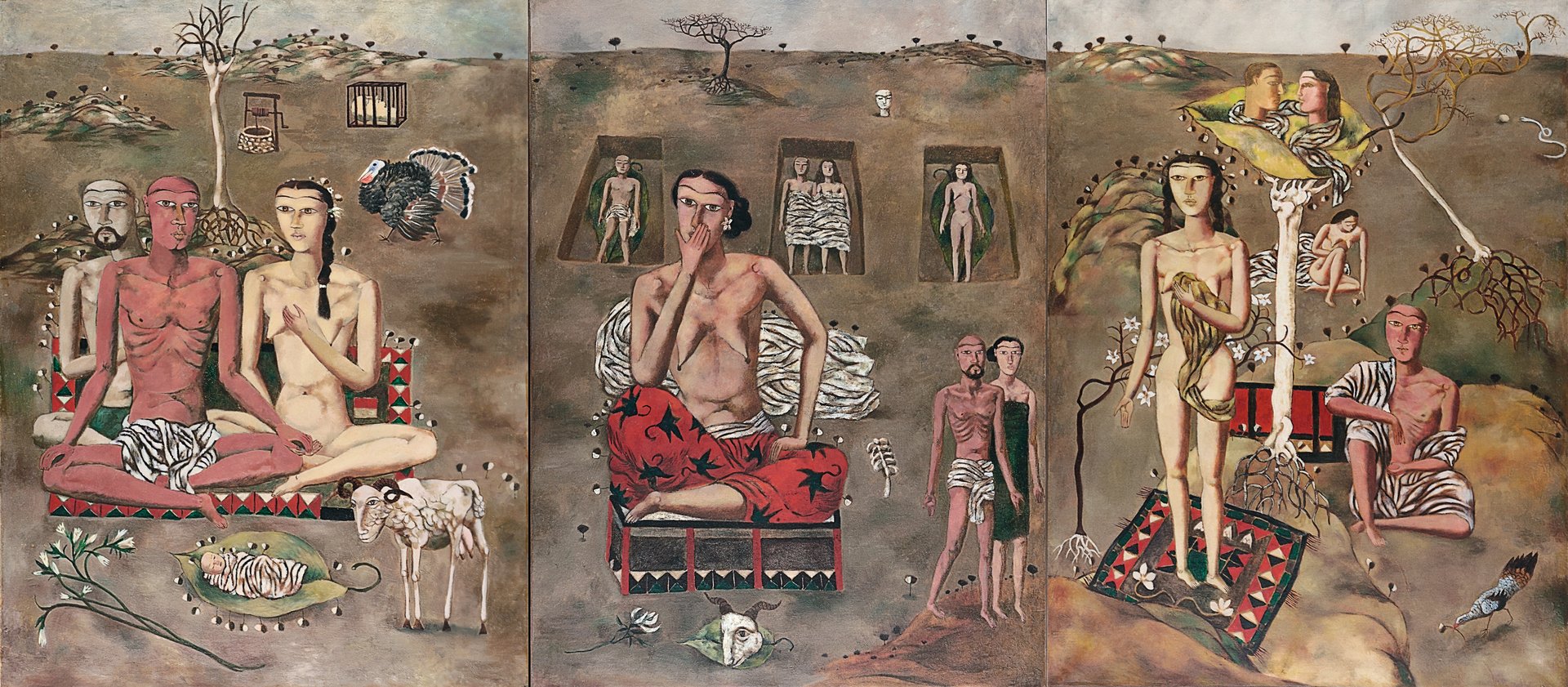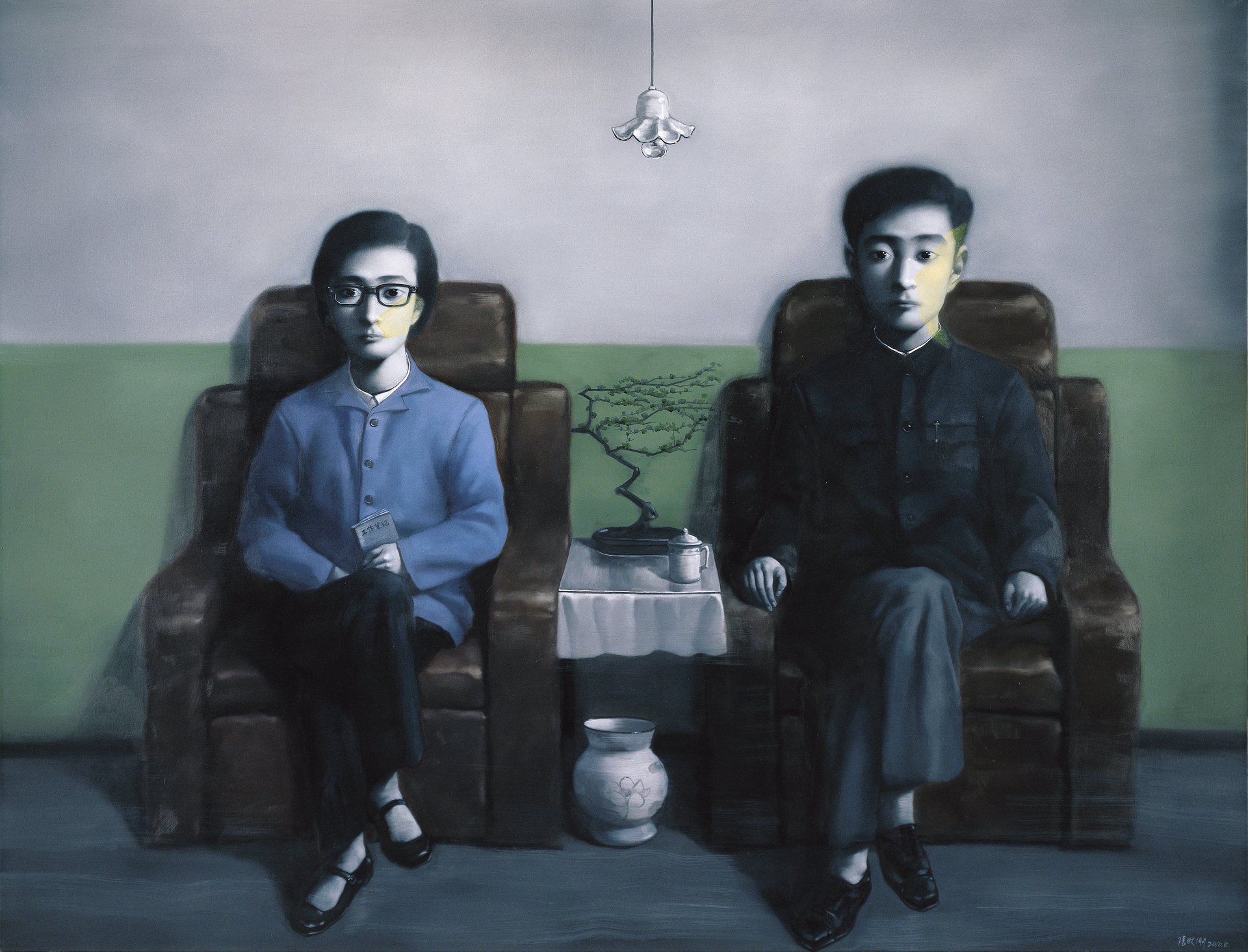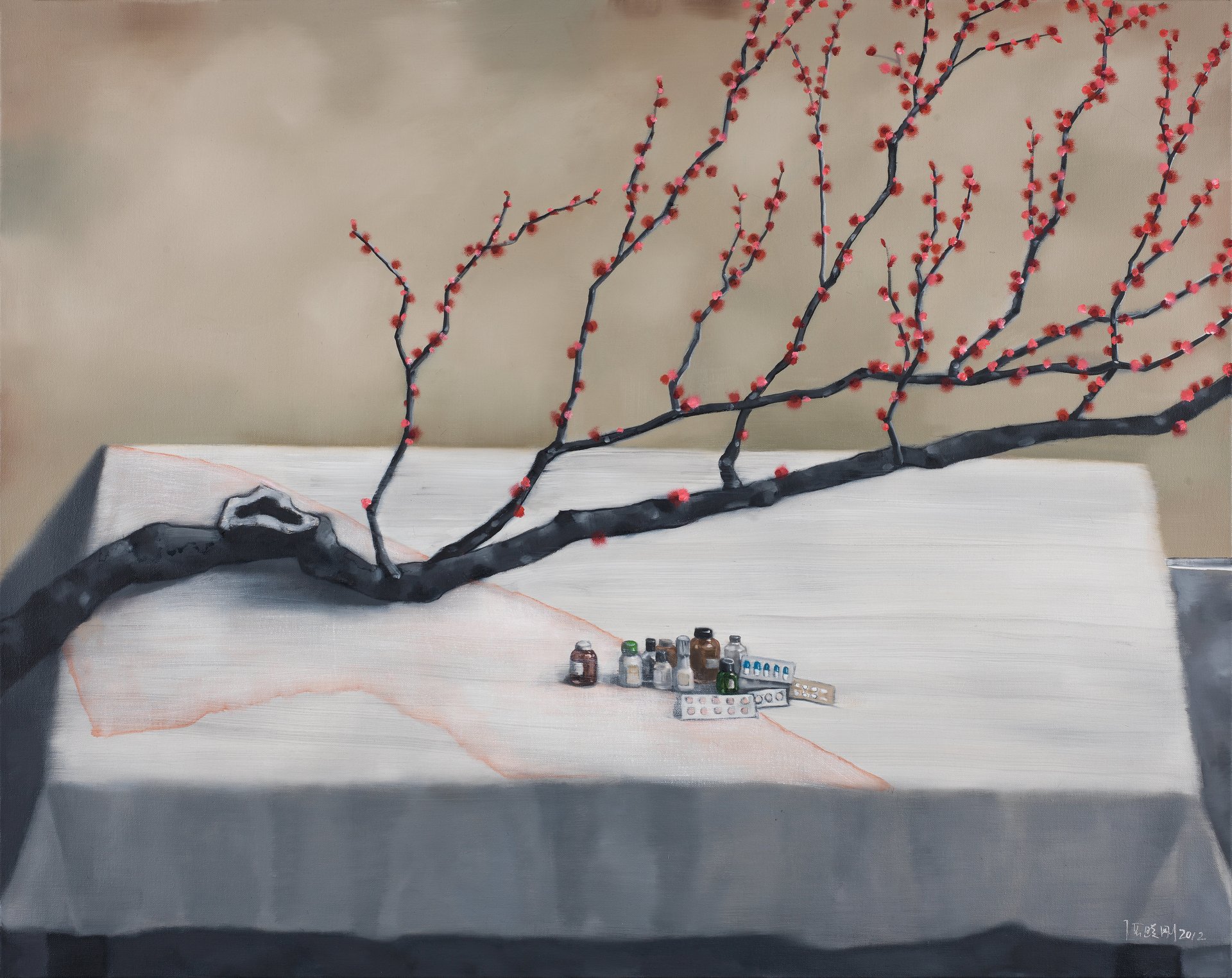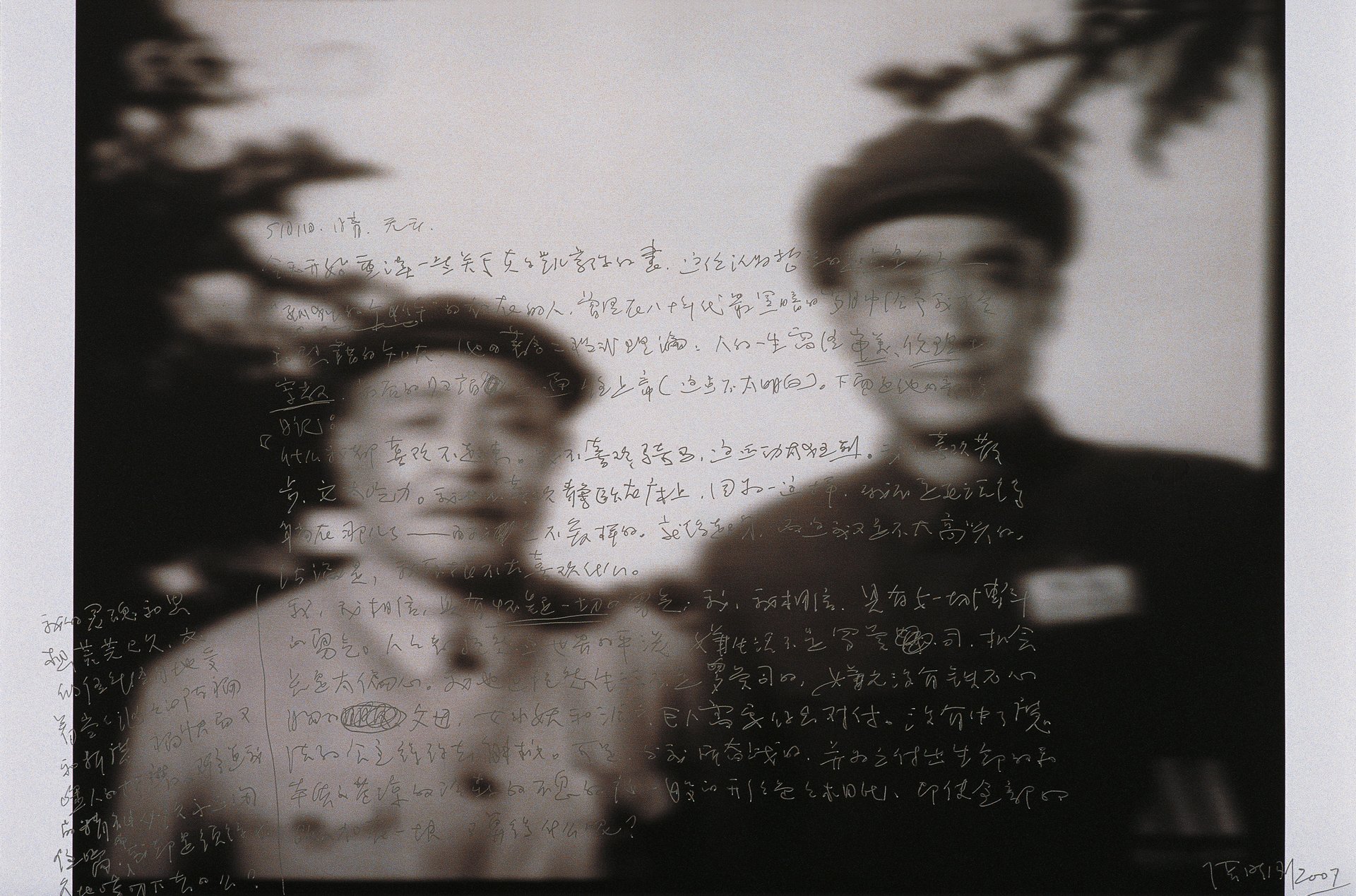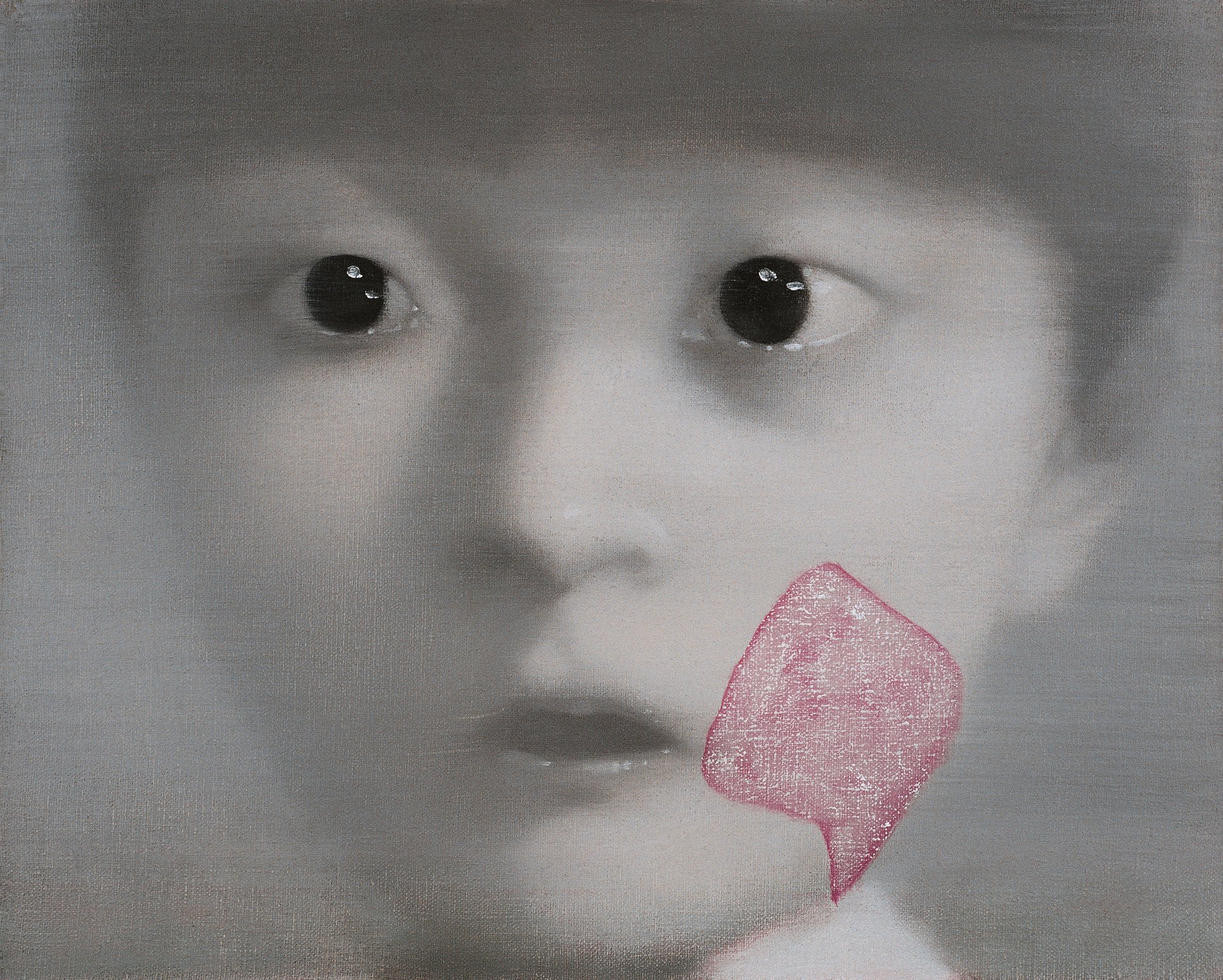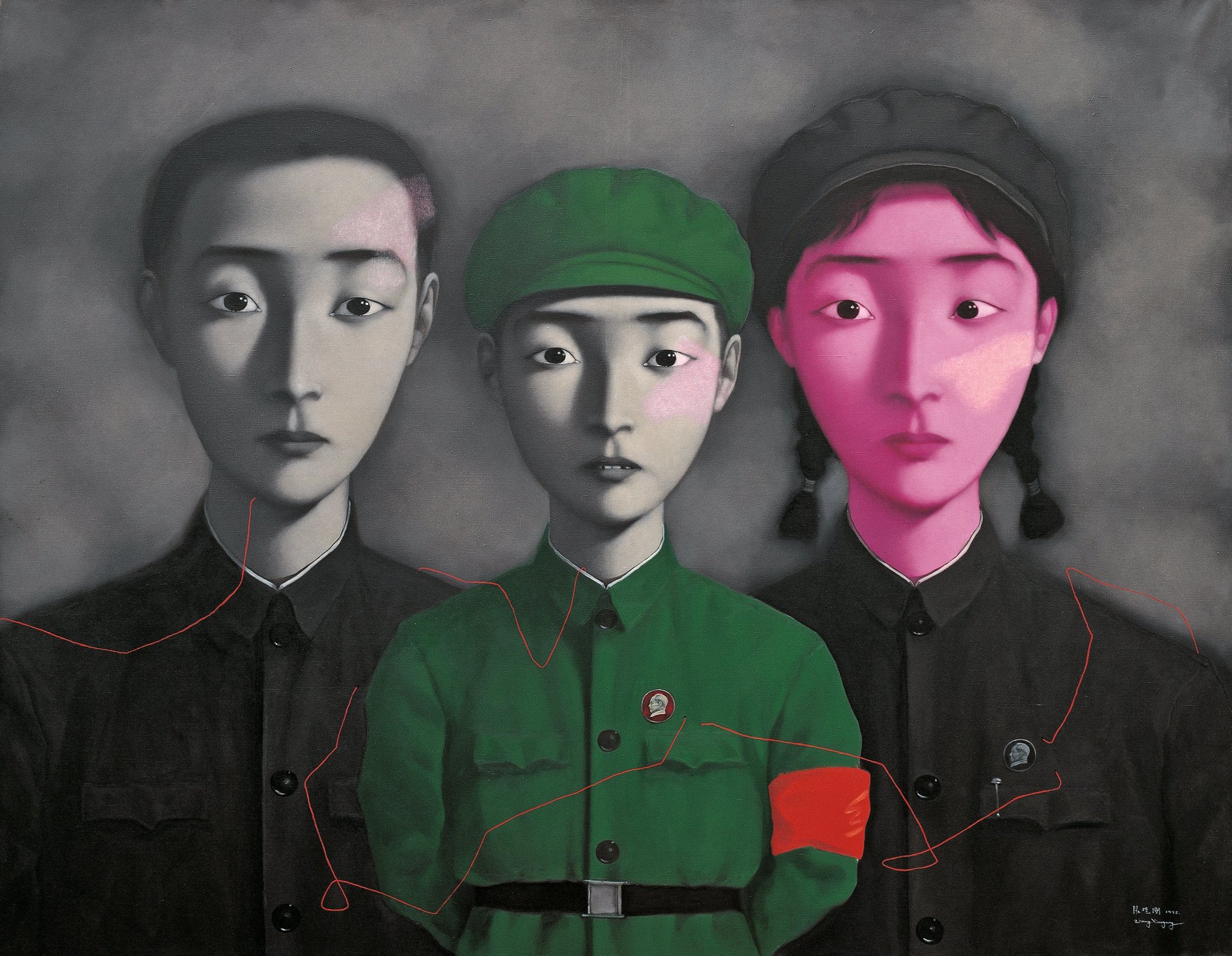Photos: the haunting, high-priced paintings of Zhang Xiaogang
Zhang Xiaogang is one of the most influential contemporary artists of China. For years, his work has enjoyed the attention of collectors. His artworks have also been acquired by the most prestigious galleries (MoMA and Tate Modern amongst others) and exhibited in the world’s most important venues—including the São Paulo Biennale (1994), the Venice Biennale (1995) and, more recently, the Shibuya Art Center in Tokyo (2006).
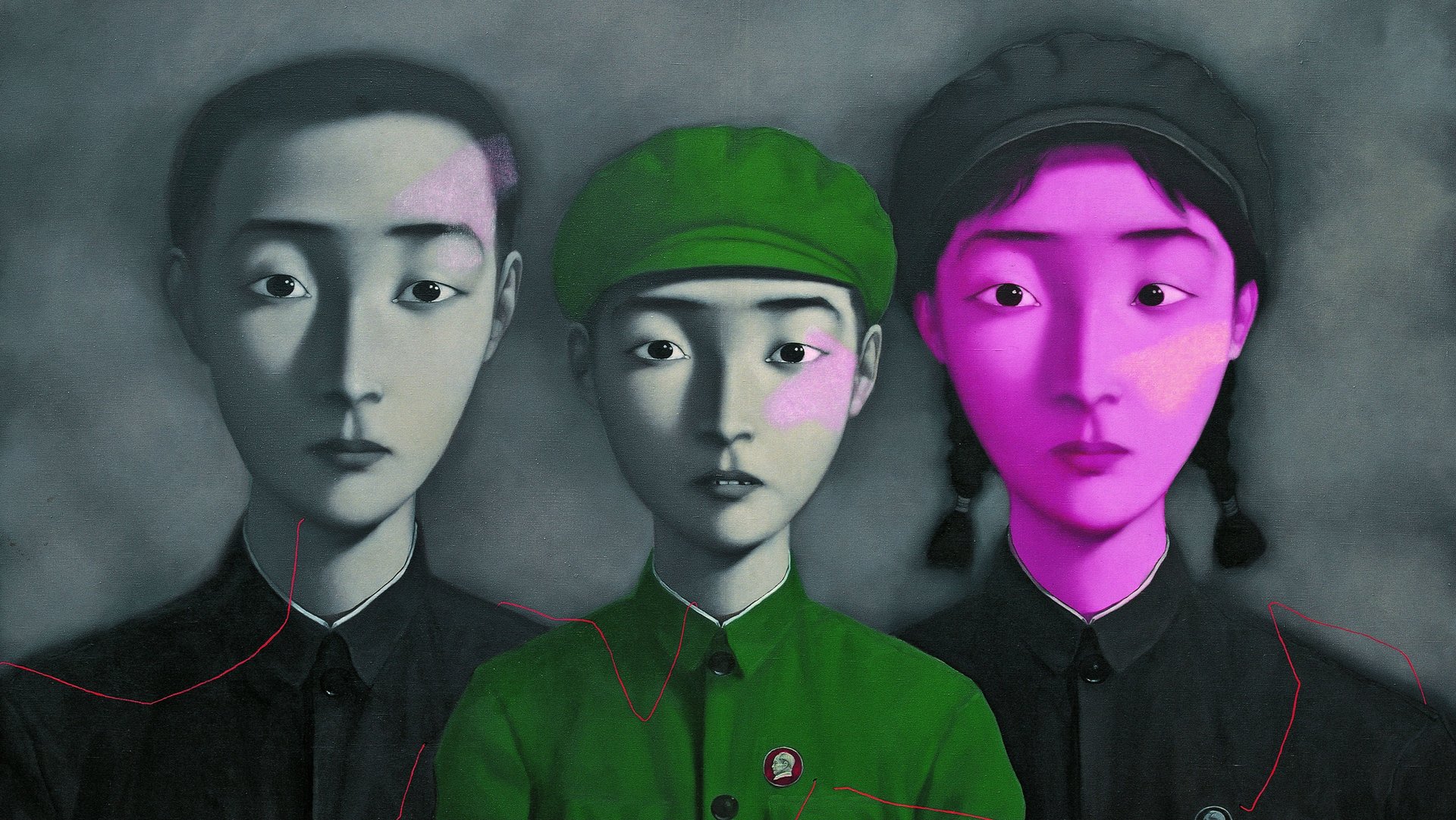

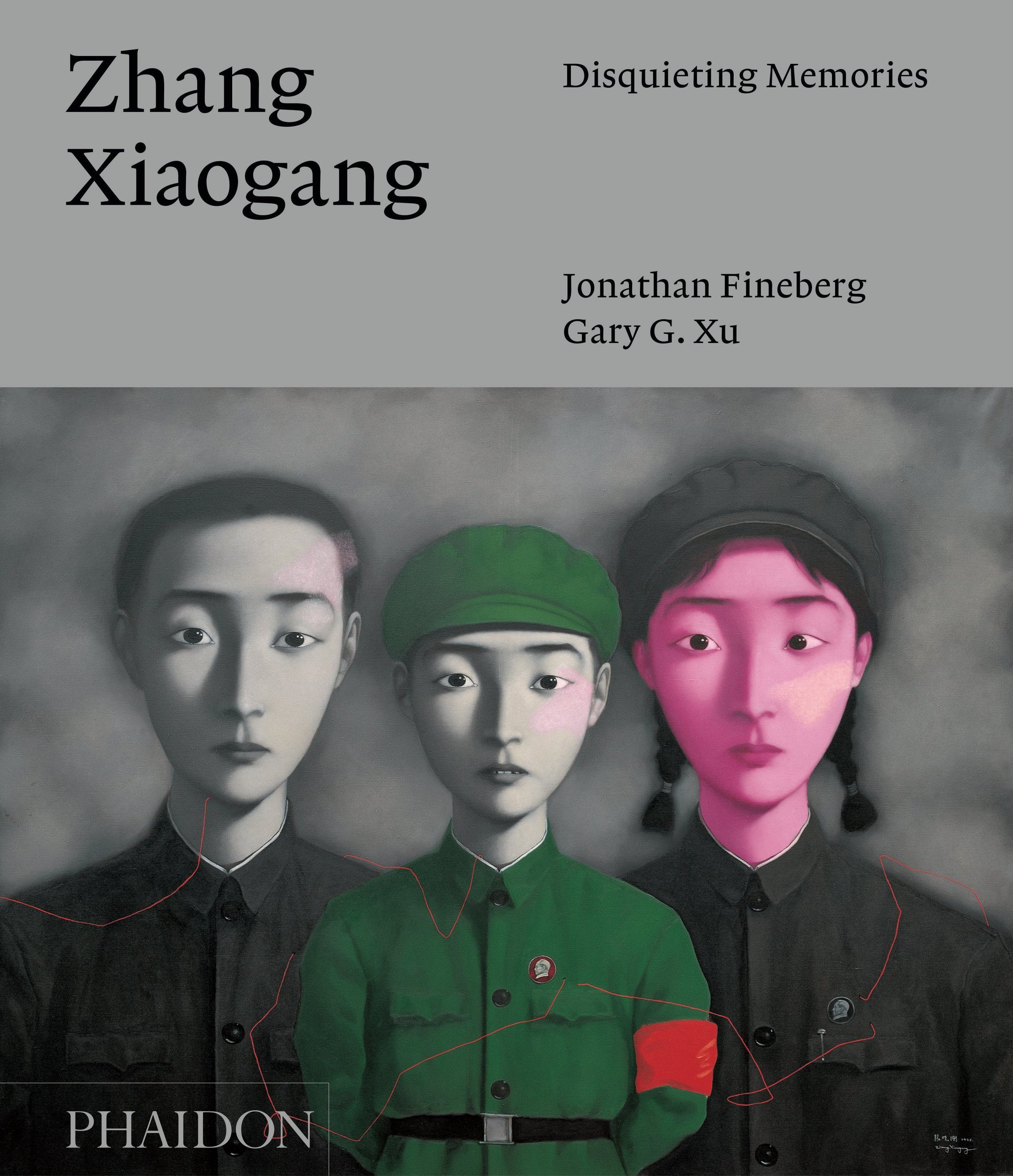
Zhang Xiaogang is one of the most influential contemporary artists of China. For years, his work has enjoyed the attention of collectors. His artworks have also been acquired by the most prestigious galleries (MoMA and Tate Modern amongst others) and exhibited in the world’s most important venues—including the São Paulo Biennale (1994), the Venice Biennale (1995) and, more recently, the Shibuya Art Center in Tokyo (2006).
It is perhaps the 57-year-old’s intimate perspective on China that makes his work so fascinating to foreign and Chinese collectors alike. Significant investments in his work have come from the UK and US as well as from Chinese art lovers and investors: in 2011, Zhang’s triptych Eternal Love was sold to a collector for US$10.3 million, only to be surpassed by Bloodline: Big Family No. 3, which sold at Sotheby’s in Hong Kong for US$12.1 million, setting the record for sales of Chinese contemporary artists, globally.
Disquieting Memories—Jonathan Fineberg and Gary G. Xu’s monograph of Zhang published by Phaidon—is, for connoisseurs and novices alike, a journey into China’s cultural revolution, modernity, and family lives through the eyes of a master artist and observer. ”Sometimes, remembrance feels more like questioning than introspection,” Zhang is quoted in the book. That interrogative quality of his work is embodied by his subjects looking straight into the viewer’s eye, with a gaze at once nostalgic, lost and somehow resigned.
The book’s eponymous memories loom through its pages as images of objects from past eras: A fountain pen, a record player, an empty room. Also enclosed in the volume, a series of previously-unpublished letters recount memories of Zhang’s life and relationships, as well as of China’s recent history. Zhang’s work might not have the activist quality of other artists, such as Ai Weiwei, but it is profoundly political. As he told CNN:
Politics play a close role in Chinese people’s lives. If you really want to show your perspective on life, your work will naturally reveal a political element.
The monograph doesn’t just move through different phases of Zhang’s work, but also through his artistic process, in a fascinating collection that grabs the reader’s attention from the very beginning with the hypnotic eyes of Bloodline, on the volume cover.
